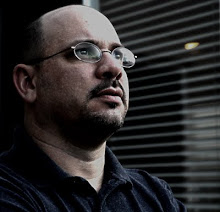Coverage! coverage! coverage! is the rallying cry for too many directors. If the story of a scene can be covered with one camera angle, then certainly it must be better if it was shot with 4 or 6 or 10!
And of course once all that film has been burned (or more likely, digital media has been filled up), and the expense of all those camera setups and re-lights (not to mention the assistant editor's time to capture and log all those takes) has been added to the budget, the editor sure as hell better use all those shots - whether it suits the story or not.
Thank goodness we have Walter Murch to remind us what's important:
- An overactive editor, who changes shots too frequently, is like a tour guide who can't stop pointing things out: "And up there we have the Sistine Ceiling, and over here we have the Mona Lisa, and, by the way, look at these floor tiles..." If you are on a tour, you do want the guide to point things out for you, of course, but some of the time you just want to walk around and see what you see. If the guide - that is to say, the editor - doesn't have the confidence to let people themselves occasionally choose what they want to look at, or to leave things to their imagination, then he is pursuing a goal (complete control) that in the end is self-defeating. People will eventually feel constrained and then resentful from the constant pressure of his hand on the backs of their necks.
My mantra while editing is that I should always have a reason for making every single cut. Every time you destroy the fabric of temporal and spatial continuity in a scene to make a cut, you better have a good reason for it. Just switching to another camera angle because you have one available is not good enough. Plus, you're giving me a dang headache - so knock it off!






I wish Tony Scott would read In The Blink Of An Eye.
ReplyDelete